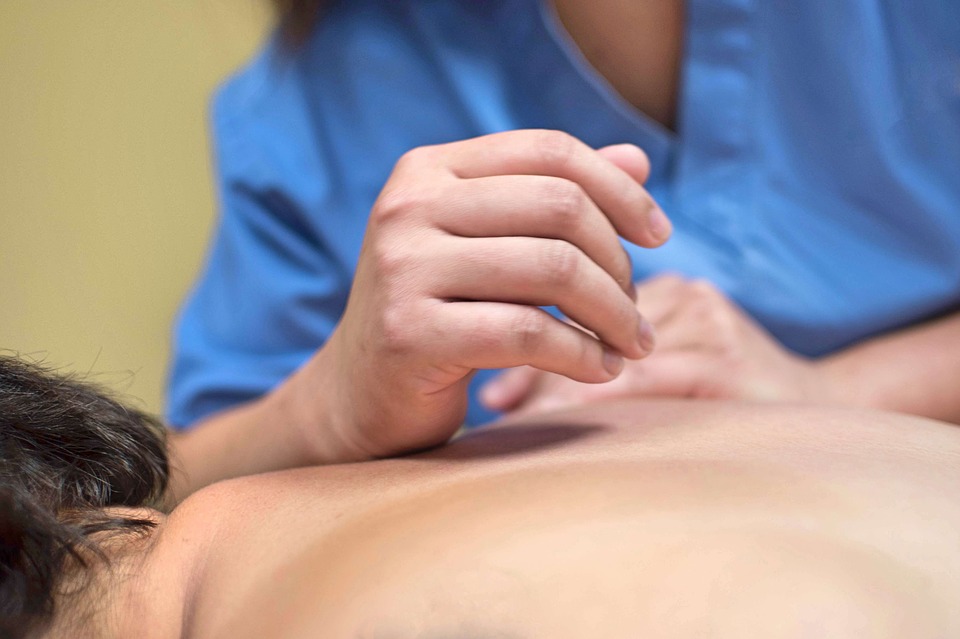Pleasant Deep Pressure
A new research shows that deep pressure elicits similar pleasantness and calming effect as the affective C-tactile touch. Touch perception and cortical activation patterns for these two different types of touch are similar but distinct. The peripheral sensory afferents that transduce these sensations are different. The Social-Affective Touch Hypothesis proposes that gentle stroking and deep pressure are two primary sensory inputs for pleasant, rewarding social touch.
Recent research has found that affective touch can induce positive mood, reduce anxiety or stress. Affective massage therapy applies slow, rhythmic, and caress-like touch to stimulate C-tactile sensory afferents. These C-tactile afferents are present only in hairy skin, and was hypothesisted to constitute a specialised pathway signalling “close, affiliation body contact with others.”
In massage therapy, deep pressure can also stimulate pleasurable experience, reduce depression, stress and pain. These effects, however, involve interpersonal touch. So some would argue deep pressure could also be affective. However, what happened to the human touch is removed from deep pressure? Would someone still regard this as a pleasant touch?
A study from US investigated the effects of deep pressure (without human interpersonal touch) by applying a mechanical massage-like compression device and determining whether it would be perceived as pleasant using MRI. The stduy was published in the journal Neuroscience.
The first experiment with 15 participants conformed that deep pressure is perceived as pleasant and calming. The second experiment involving 39 females comparing brushing and pressure found that both stimuli were rated as pleasant. However, the stimuli differed in ratings of pleasantness. The third experiment with 24 participants showed that deep pressure could be imaged with functional magnetic resonance imaging (MRI). Deep pressure activates brain regions highly similar to those that respond to C-tactile stroking, as well as regions not activated by stroking.
These investigations demonstrate that specific deep pressure is still considered pleasant even when applied mechanically. Oscillating deep pressure has a similar affective effects to that of gentle stroking, including similar ratings of touch pleasantness and increased ratings of calm.
These findings indicate that deep pressure activates a novel pleasant touch pathway. The authors hypothesised that pleasant and calming effects of affective deep pressure might play essential roles in social bonding. Infants are often held tightly to the body, and the rhythmic breathing of the parent would create an oscillating pressure stimulus. Similarly, humans or animals huddling for warmth or sleeping in close contact for protection would experience deep pressure. The relaxing effects of deep pressure may relate to the security and safety conferred by being held by others or sleeping body-to-body.
The authors propose that the C-tactile affective touch hypothesis can be extended to include the deep pressure sensory pathway as critical components of social touch.
However, the authors indicated that pleasant deep pressure is not conveyed by C-tactile afferents. Studies have shown that sensations of deep pressure remain strong after anesthetization of the skin. This is likely due to the presence of pressure-sensitive afferents in muscle and connective tissues. Such a system would be parallel the more superficial C-tactile afferent system of the skin that responds to gentle stroking touch.
